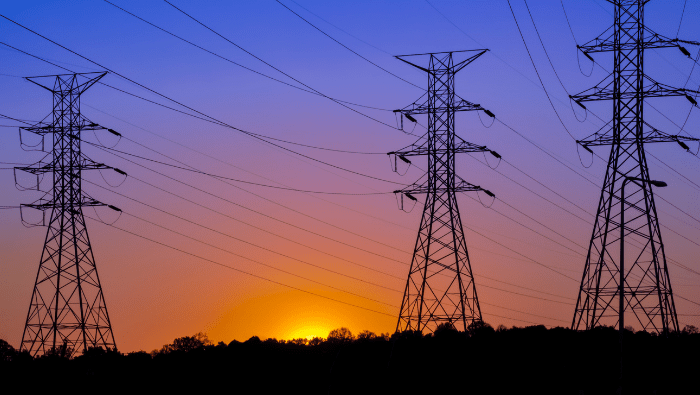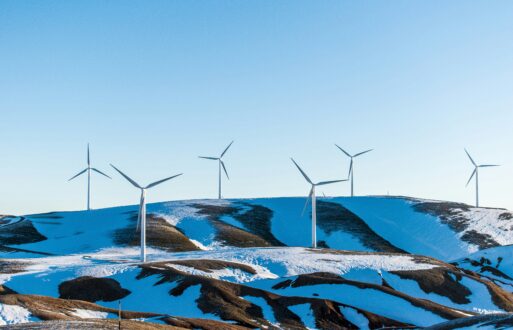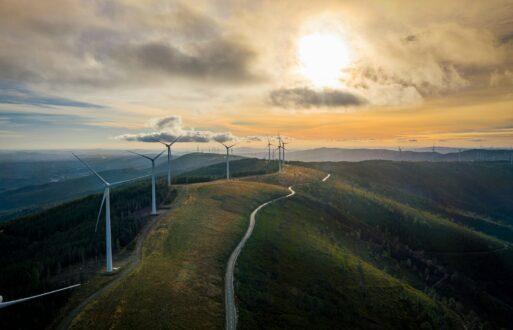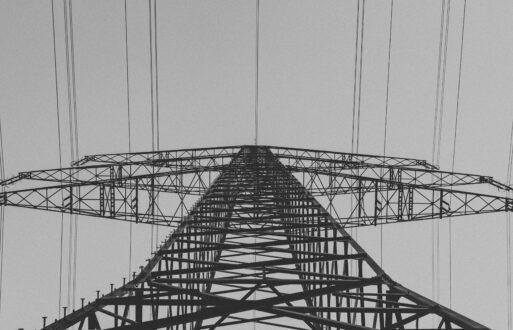The electric power grid is in a time of massive transition. Not long ago, the grid was dominated by large central station power plants fueled by uranium, coal, and natural gas, generating power that flowed in one direction to customers. However, the push for ever cheaper and greener alternatives has led to large amounts of renewable energy — solar and wind power — entering the market, supplementing the existing portfolio but challenging it as well.
Not only have the sources of electricity rapidly evolved, but this transition coincided with a spectacular growth of telecommunications connectivity and advanced electric metering infrastructure. As a result, it’s now possible to connect millions of premises-level devices into massive networks. These devices, in many cases, are purchased and installed by customers who prefer self-sufficiency and resilience and want to use renewable energy.
Typically called Distributed Energy Resources (DERs), they represent the next major technology disruptor in the electric power space. When thousands of these devices are organized and operated together or aggregated, they can provide much-needed capacity to many of today’s strained energy grids. They extend and expand the challenge to traditional power units.
What exactly are ADERs?
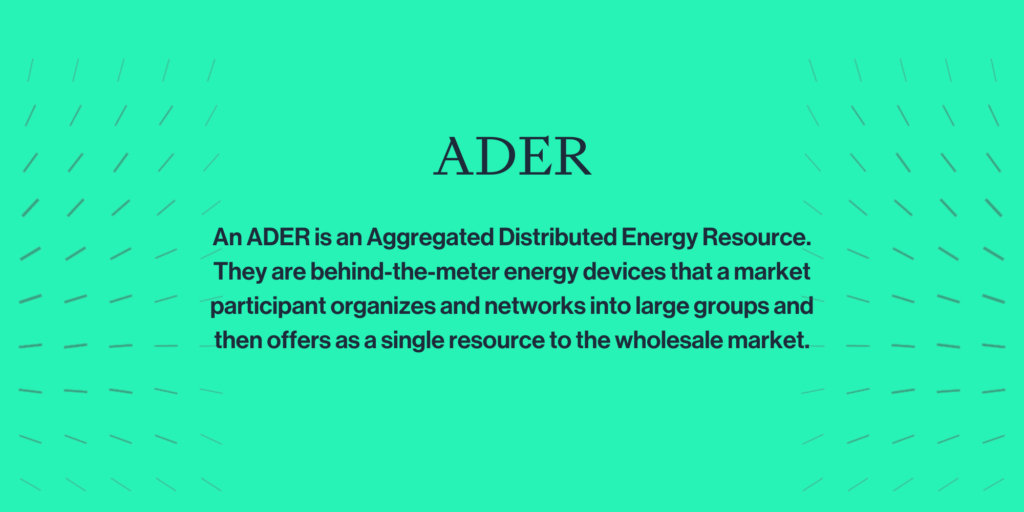
In simplest possible terms, distributed energy resources (DERs) are behind-the-meter energy devices and capabilities that can be called upon to accomplish an action. That action may be to reduce consumption (demand response activities like thermostat programs, shutting down of equipment, or turning off lights) or provide energy (discharge of residential batteries, startup backup generators, and such) either to reduce net load at the meter or even inject power into the circuit.
A market participant, called an aggregator, organizes and networks these devices and capabilities into large groups (becoming Aggregated DERs, or ADERs) and offers them into the wholesale market as a single resource. Through sophisticated monitoring and control systems, the individual devices all work together and, through the aggregator, provide most of the same capabilities as a traditional power plant.
The simplest aggregation may be a group of residential energy storage devices, all connected to the same distribution system, with all the customers purchasing their energy from the same Retail Electric Provider (REP). In this case, the aggregator (who may be the REP itself) organizes and networks the resources, registers this organization of resources with the grid, and then places it into the wholesale market for the dispatch of energy, reserves, or even frequency regulation.
A more complex aggregation may include residential storage, controllable electric vehicle (EV) chargers, thermostat controllers, and backup generation. The group of resources may be connected to different distribution systems. Organizing and networking this collection of heterogeneous resources is much more challenging.
For clarity, ADERs generally do not include distribution-connected resources such as solar farms or energy storage; they focus on behind-the-meter assets. Likewise, they will likely not include large resources (>1MW) that, although behind the meter, would more effectively fit into other market categories such as Distributed Generation or similar.
Why are ADERs important?
Aggregated Distributed Energy Resources are touted as a significant advancement in tomorrow’s energy grid evolution. Guidehouse Insights, a well-known market intelligence group, estimated that over 30 GW of DERs are primed to enter the Texas market alone in the next ten years. This capacity could go a long way to preventing a repeat of the rolling outages caused by the deadly winter storm Uri in 2021.
The ability to place your home or business resource into an aggregation of similar devices for power marketing also creates a value stream that can help justify investments in these same resources. Most homeowners with backup power systems know how much time their unit spends doing nothing. What if it could earn some money while it’s not needed for backup?
In addition, most, if not all, of the investment in DERs is accomplished by the customer for resiliency, energy cost risk management, or other reasons. Therefore, the capacity delivered to the grid isn’t a huge debt burden for municipal utilities or electric co-ops. Neither does this capital expenditure get washed into the rate base of an investor-owned utility and destined to be recovered (with interest) from customers over years or decades. This capacity can be harnessed and placed in the market without tying up the utility company’s borrowing power.
Finally, since some of the capabilities rolled into the DER team are “demand response” in nature, they are effectively 100% carbon-free. The cleanest megawatt is the megawatt that is never generated.
What are the potential issues with ADERS?
As with any new technology or approach, challenges abound. The very nature of ADERs is that they are very numerous and heterogeneous. This problem presents issues integrating such a complex network into a single (virtual) resource.
To present the most value to the market, the resources need to be controlled and monitored frequently, at every few seconds at least. But the most advanced metering infrastructure (“smart meters”) at the residence level only sends a signal to the host utility every 15 minutes. This issue is being tackled by using the device’s control system, usually Wi-Fi-connected, to relay the appropriate telemetry. To tackle this, procedures are needed for routing this signal to the aggregator for operations and control.
Many market products, such as non-spinning reserve, require long-duration “staying power,” up to four hours in some cases. Clearly, a residential battery will have issues maintaining a discharge for this long. To manage this, the four-hour obligation is held at the aggregator level — it’s up to them to ensure deploying underlying resources in and out so the long-duration service is maintained. It’s also crucial for the distribution operator to know what resources are located on each circuit and when these systems are deployed to prevent reliability issues like instability or even overloads.
What's the current status of ADER introduction?
Markets throughout the U.S. and beyond are working toward integrating ADERs into grid operations. Australia has accomplished several tests of Virtual Power Plants to evaluate this new capacity. California ISO has also held similar tests. In Texas, an ADER Task Force has been working to lay the groundwork for a pilot in the ERCOT market beginning in January 2023.
These tests must be preceded by a comprehensive analysis of the market structure and its rules and procedures to facilitate the efficient use of these resources. Stakeholder groups must agree on communications standards, performance assessment criteria, planning approaches, and settlement procedures.
Fundamental pricing mechanisms, such as Locational Marginal Pricing (LMP), must also be considered. The purpose of LMP is to incent supply or demand at a specific location to manage transmission congestion. How, then, to price a distributed asset that could stretch across a given region, potentially worsening transmission congestion? The transition of today’s electricity grid to tomorrow’s energy landscape is in full swing, with significant innovations and advancements not even conceived of in previous decades. The expansion of ADERs in the market will further this trend, offering unique opportunities and challenges.
Interested in learning how DERs play a key role in managing risks, covering costs, and capitalizing on opportunities? Read “How to Use Demand Response and Distributed Energy Resources to Manage Risk” on the PCI blog.

